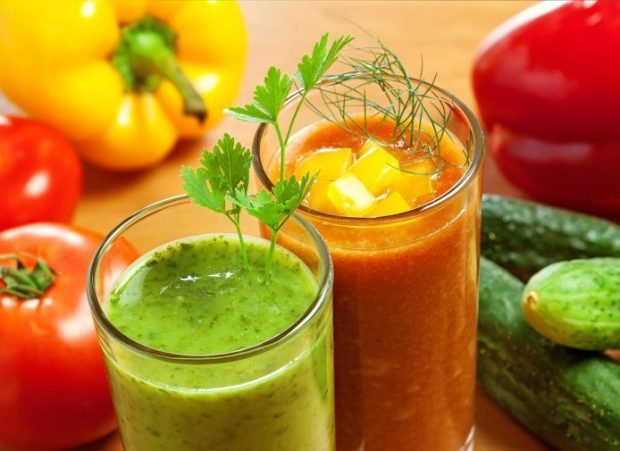
One of the most challenging parts of eating healthy is making sure your get enough fruits and vegetables on a daily basis. Juicing is making a resurgence with detoxes, alkaline diets and moms who want a delicious way to trick their children into eating more vegetables. In this video, Barbara Mendez, a registered pharmacist and nutritional consultant in New York City explains the basics of juicing and how you can do it yourself.
In order to be a successful juicer, you will need the following:
1) A juicer
2) Your organic fruits and vegetables of choice
3) A fruit and vegetable wash (if you choose not to use organic fruits and vegetables)
4) A juice recipe (optional)
After you get all your supplies, the first thing you will need to do is wash your fruits and vegetables. After everything is washed, cut up the largest items so they will fit more easily inside the juicer. Some of the most commonly juiced fruits and vegetables include apples, pears, carrots, beets, spinach, and kale. Each fruit or vegetable can have specific benefits when juicing. For example, parsley is a deodorizer and can help fend off bad breath, while beets are great for detoxifying your liver.
If you’re unsure of what you would want to put in your juice, juice recipes can be a great resource. If taste is of most importance to you, there are also many juice recipes that focus on being “kid friendly” or for beginners.
What’s your favorite juice recipe?
Featured photo: Thinkstock
I don’t have a juicer but I’m pretty big on smoothies-most recently I’ve been adding herbs. A big handful of fresh mint makes for such a refreshing drink.